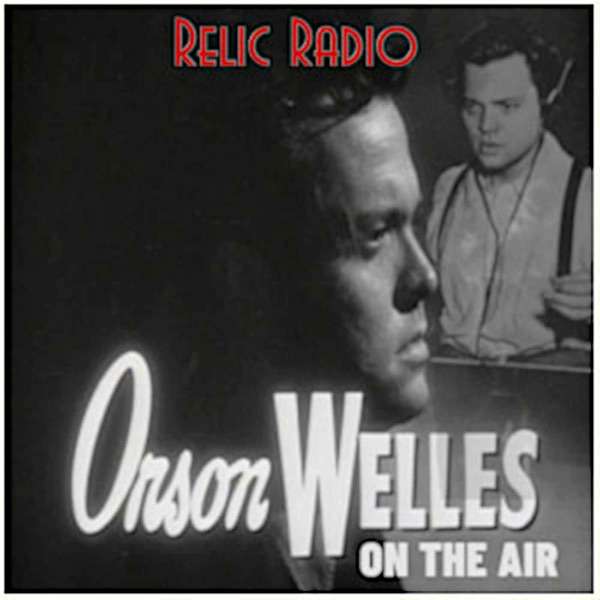Here it is, the 1st EMCrit podcast. It's on the topic of Sympathetic Crashing Acute Pulmonary Edema (SCAPE). This condition is on a very different part of the disease spectrum from FOPE (Fluid-Overload Pulmonary Edema, an acronum I first saw used by by @Cameronks) To boil it down to 10 seconds: Start patient on Non-invasive ventilation with a PEEP of 6-8; quickly titrate to a PEEP of 10-12. Start the patient on a nitroglycerin drip. Administer a loading dose of 4oo mcg/min for 2 minutes (120 ml/hour on the pump for 2 minutes with the standard nitro concentration of 200 mcg/ml.) Then drop the dose to 100 mcg/min and titrate it up from there as needed. By 10 minutes, your patient should be out of the water. See crashingpatient.com for the references. Here is some info from a handout from a lecture I gave on the topic: High Dose Nitroglycerin Homeopathic nitroglycerin does not work so well Start at 50-100 mcg/min, you can rapidly titrate to 200-400 mcg/min. You must stand at the bedside to use these doses. Need >120 mcg/min to get sig decreased Pulm Cap Wedge Pressure (Am J Cardio 2004;93:237) But even this strategy is not as effective as the … Nitro Bolus First Can give 400-800 mcg over 1-2 minutes = 400 mcg/min for 1-2 minutes. (Annals EM 1997, 30:382) How to do it Standard nitro mix is 200 mcg/ml. VERIFY YOUR HOSPITAL’S MIX BEFORE USING THESE RECS In order to give the 400 mcg/min for 2 minutes, set the pump to Rate: 120 cc/hr Volume to be Infused: 4 ml (This will deliver 400 mcg/min for 2 minutes and then stop) Or Draw up 4 ml of the nitro and 6 ml of NS and give over 2 minutes After the bolus, I drop the drip to 100 mcg/min and titrate up from there to effect When the patient gets better, you need to sharply decrease this drip rate Some folks have gone even further High dose nitroglycerin for severe decompensated heart failure—2 mg at a time (Ann Emerg Med 2007;50:144) Cotter gave isosorbide 3 mg q 5 minutes with good results in his study. This is equivalent to nitro 600 mcg/min. (Lancet 1998 351:9100, 389-393) Bolus intravenous nitroglycerin predominantly reduces afterload in patients with excessive arterial elastance (Journal of the American College of Cardiology Volume 22, Issue 1, July 1993, Pages 251–257) Update Piyush Mallick did an amazing study on nitro-bolus to avert intubation Someone finally put the term into the literature (Agrawal N, Kumar A, Aggarwal P, Jamshed N. Sympathetic crashing acute pulmonary edema. Indian J Crit Care Med 2016;20:719-23) 1-2 mg bolus doses are safe and effective (American Journal of Emergency Medicine 2017, 35 (1): 126-131) How you set-up the drip sig. affects time to med (Douma MJ, O'Dochartaigh D, Corry A, et al How intravenous nitroglycerine transit time from bag-to-bloodstream can be affected by infusion technique: a simulation study Emerg Med J 2015;32:498-500.)

 Our TOPPODCAST Picks
Our TOPPODCAST Picks  Stay Connected
Stay Connected






